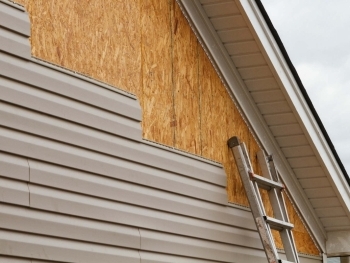Sunday school plays a crucial role in the spiritual education and development of children and young adults within the church community. The environment in which these classes are held can significantly impact the learning experience. Sunday school furniture is not just about providing seating; it's about creating an engaging, comfortable, and safe space that fosters learning and spiritual growth. This article explores the various aspects of Sunday school furniture, including types, materials, design considerations, and maintenance tips.
Types of Sunday School Furniture
1. Chairs and Seating
- Standard Chairs: These are typically stackable for easy storage and come in various sizes to accommodate different age groups. Ergonomically designed chairs support proper posture.
- Soft Seating: Bean bags, cushions, and soft chairs can create a more relaxed and inviting atmosphere, especially for younger children.
- Floor Mats: Ideal for storytime and group activities, providing a soft surface for children to sit on.
2. Tables
- Rectangular and Circular Tables: Used for various activities like crafts, lessons, and snacks. Circular tables encourage group interaction, while rectangular tables are versatile for different layouts.
- Adjustable-Height Tables: These can be modified to suit the needs of different age groups, ensuring comfort and accessibility.
3. Storage Solutions
- Bookshelves: Essential for storing Bibles, religious texts, and educational materials. They should be accessible to children but stable to prevent tipping.
- Cubby Units: Provide individual storage spaces for children’s belongings, promoting organization and responsibility.
- Rolling Carts: Versatile storage options that can be moved around the room as needed, perfect for art supplies, teaching aids, and other materials.
4. Teaching Aids
- Whiteboards and Chalkboards: Fundamental for teaching and interactive lessons. Magnetic whiteboards also allow for the use of visual aids.
- Bulletin Boards: Display important announcements, children’s artwork, and educational materials, creating a dynamic and engaging environment.
- Multimedia Stations: Incorporate technology with monitors or projectors to enhance lessons with videos, music, and interactive presentations.
5. Specialty Furniture
- Puppet Theaters: Encourage creative storytelling and role-playing, essential for younger children.
- Activity Centers: Include various interactive elements like puzzles, building blocks, and educational games to support hands-on learning.
Materials and Durability
When selecting furniture for Sunday school, it’s important to consider materials that are durable, easy to clean, and safe for children.
1. Wood
- Pros: Aesthetically pleasing and sturdy.
- Cons: Can be heavy and expensive; needs regular maintenance.
2. Plastic
- Pros: Lightweight, affordable, and easy to clean.
- Cons: Less durable over time and can look less formal.
3. Metal
- Pros: Highly durable and sturdy.
- Cons: Can be heavy and might require padding for comfort.
4. Composite Materials
- Pros: Often combine the benefits of multiple materials, like the durability of metal and the lightweight nature of plastic.
- Cons: Can vary in quality and durability.
Design Considerations
1. Safety
- Rounded Edges: Prevent injuries from sharp corners.
- Non-Toxic Materials: Ensure all materials used are safe and non-toxic.
- Stability: Furniture should be sturdy and not prone to tipping over.
2. Comfort
- Ergonomics: Chairs and tables should support proper posture to avoid discomfort during long sessions.
- Appropriate Sizes: Furniture should be appropriately sized for the age group using it.
3. Flexibility
- Modular Design: Allows for easy reconfiguration of the space to suit different activities and class sizes.
- Stackable/Nestable: Chairs and tables that can be stacked or nested help save space when not in use.
4. Aesthetics
- Color and Style: Bright, cheerful colors can create an inviting atmosphere for young children, while more subdued tones may be suitable for older age groups.
- Thematic Decor: Furniture can incorporate themes that resonate with the lessons being taught, such as nature, animals, or biblical stories.
Maintenance and Care
1. Regular Cleaning
- Wipe Down Surfaces: Regularly clean surfaces with appropriate cleaners to maintain hygiene.
- Vacuum and Mop Floors: Keep floors clean to ensure a healthy environment.
2. Periodic Inspections
- Check for Damage: Regularly inspect furniture for signs of wear and tear, such as loose screws or cracked surfaces.
- Repair or Replace: Promptly repair or replace damaged items to ensure safety.
3. Seasonal Deep Cleaning
- Sanitize: Perform a thorough cleaning and sanitizing session periodically, especially in flu season or after long breaks.
- Reorganize: Take the opportunity to reorganize and reassess the layout and functionality of the room.
Investing in the right Sunday school furniture is essential for creating a conducive learning environment. By considering factors such as safety, comfort, flexibility, and aesthetics, churches can provide an inviting space that supports the spiritual and educational growth of their youngest members. Regular maintenance and thoughtful design choices ensure that the furniture remains functional and attractive for years to come, contributing to a positive and enriching Sunday school experience.




